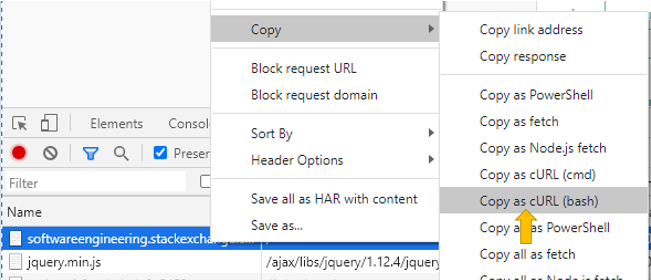

- POSTMAN CHROME SUPPORT HOW TO
- POSTMAN CHROME SUPPORT INSTALL
- POSTMAN CHROME SUPPORT FULL
- POSTMAN CHROME SUPPORT CODE
When using fetch(), however, you’d have to do it manually. Automatic JSON data transformationĪs we saw earlier, Axios automatically stringifies the data when sending requests (though you can override the default behavior and define a different transformation mechanism). If the server doesn’t respond in less than four seconds, controller.abort() is called, and the operation is terminated. Signal is a read-only property of AbortController, providing a means to communicate with a request or abort it. Here, we created an AbortController object using the AbortController.abort() constructor, which allows us to abort the request later. catch(error => console.error('timeout exceeded')) In Axios, you can use the optional timeout property in the config object to set the number of milliseconds before the request is aborted. The simplicity of setting a timeout in Axios is one of the reasons some developers prefer it to fetch(). Keep in mind that that you might also need a promise polyfill in some old browsers. Then, you can make requests like this: import 'whatwg-fetch'
POSTMAN CHROME SUPPORT INSTALL
To begin using the fetch() polyfill, install it via npm command like so: npm install whatwg-fetch -save Instead, you can use fetch() with a polyfill like this to implement similar functionality on web browsers that do not support fetch(). If your only reason for using Axios is backward compatibility, you don’t really need an HTTP library.
POSTMAN CHROME SUPPORT FULL
This is because it uses XMLHttpRequest under the hood.įetch(), on the other hand, only supports Chrome 42+, Firefox 39+, Edge 14+, and Safari 10.3+ (you can see the full compatibly table on ).

Even old browsers like IE11 can run Axios without any issue. One of the main selling points of Axios is its wide browser support.

POSTMAN CHROME SUPPORT CODE
Now compare this code to the fetch() version, which produces the same result: // fetch() "Content-Type": "application/json charset=UTF-8", Axios automatically converts the data to JSON, so you don’t have to: // axios Here’s how you can use Axios to send a request with custom headers to a URL. Basic syntaxīefore we delve into more advanced features of Axios, let’s compare its basic syntax to fetch().

Hopefully, by the end of the article, you’ll have a better understanding of both APIs. In this article, we will compare fetch() and Axios to see how they can be used to perform different tasks, and by the following qualities: The fetch() API is perfectly capable of reproducing the key features of Axios, and it has the added advantage of being readily available in all modern browsers. But many overestimate the need for such a library. Without question, some developers prefer Axios over built-in APIs for its ease of use. Nevertheless, it’s important to acknowledge that Axios is not always an ideal solution, and there are sometimes better options for making HTTP requests.
POSTMAN CHROME SUPPORT HOW TO
In my recent post “ How to make HTTP requests like a pro with Axios,” I discussed the benefits of using the Axios library. fetch(): Which is best for making HTTP requests?Įditor’s note: This article was updated on 31 January 2022 to reflect the most recent version of Axios (v0.25.x). Faraz Kelhini Follow JavaScript developer.


 0 kommentar(er)
0 kommentar(er)
